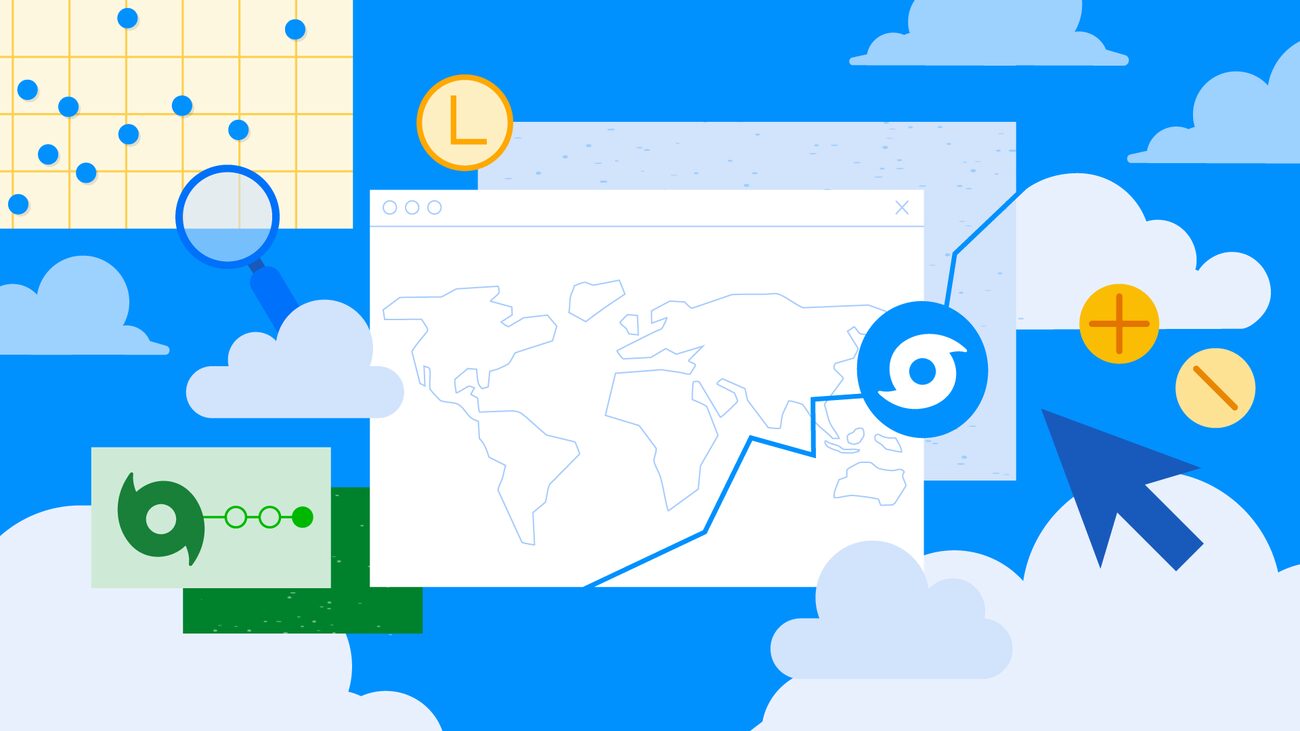Understanding Cyclone Forecasts: Why Accurate Predictions Matter
When it comes to storm forecasts—especially cyclones—the stakes couldn’t be higher. Timely and accurate cyclone forecasts are crucial not just for helping meteorologists issue warnings, but also for giving people on the ground the chance to evacuate or prepare their homes. But let’s face it: predicting cyclones isn’t as straightforward as it should be.
Why Are Cyclones So Hard to Predict?
Honestly, cyclones are some of the most chaotic weather events we deal with. Ferran, a leading researcher in the field, puts it simply: “With weather generally, small differences and changes in data can result in widely different futures.” Think of it this way: it’s like trying to track a race car through a foggy track—you need perfect visibility to make informed predictions. The extreme conditions of cyclones mean that they often throw a wrench into our forecasting systems.
The Power of Advanced Technology
So, how are tech giants like Google getting involved? Google DeepMind and Google Research have been working on models that show promise in predicting cyclone tracks. They’ve rolled out intriguing tools like GenCast, GraphCast, and NeuralGCM. But here’s the catch: these models were initially trained on low-resolution historical data, limiting their accuracy, especially when it came to intensity predictions.
A New Approach to Cyclone Data
What’s new? Instead of relying solely on general weather data, Ferran and the team adapted their training models to include cyclone-specific data. It’s as if they decided to focus on the nerdy details most forecasters shy away from. They ditched the old step-by-step diffusion models, opting instead for a probabilistic model that introduces random perturbations to produce not just one, but 50 possible outcomes for a storm. Talk about covering your bases!
Promising Results
Preliminary evaluations of this new cyclone model show some seriously impressive results. It’s scoring high marks for both tracking the storm and predicting its intensity—essentially giving meteorologists a reliable tool to work with. It’s skillful at predicting a cyclone’s size, too!
Why Does This Matter?
For folks living in cyclone-prone areas, accurate forecasts can mean the difference between safety and disaster. Imagine needing to evacuate your home with only hours to spare—every second counts. With these advancements, we could potentially save lives and property by giving people the right information at the right time.
Final Thoughts
So, what’s your take on the evolution of cyclone forecasting? With advancements in technology paving the way for more accurate predictions, it feels like we’re stepping into a new era of meteorology. Staying ahead of these volatile weather events is not just a scientific goal; it’s a humanitarian one. Want more insights like this? Keep following us for the latest updates!
For further reading on the importance of timely weather predictions, check out our article on weather forecasting challenges.
